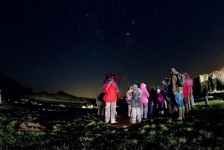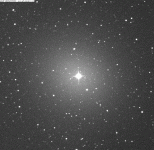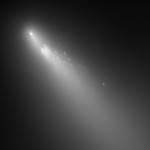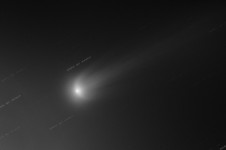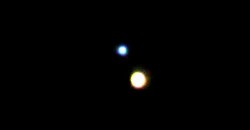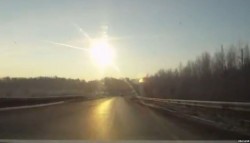Schmitt-Cassegrain Collimation Made Easy Using a Duncan Mask

For any telescope to perform at its best, the optical elements must be aligned. With its magnifying secondary mirror, a Schmitt-Cassegrain is particularly sensitive to collimation. This process can be made quite simple by using a Duncan Mask which is very easy to make yourself and it removes the ambiguity of whether you have the optical elements precisely aligned. Click to read more







